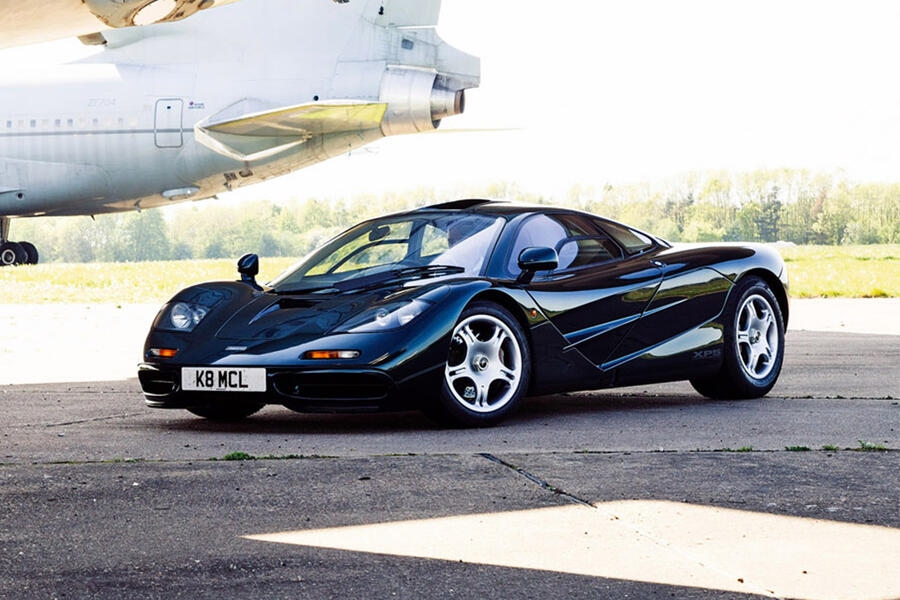Sometimes, admitting defeat and buying in an engine is the simplest – and best – approach to creating a great driver’s car.
Regardless of the genre, you’ll find spirited machines that owe much to their donor engine. From exclusive brands, such as Aston Martin, to quirky innovators like Citroën, and all manner of manufacturers in between, many makers have opted for a tried-and-tested approach that, when done right, delivers an enduring car for drivers.
Here are 10 of Autocar’s favourite cars with donor engines.

McLaren F1
Engine donor: BMW
Today’s McLarens have engines of the firm’s own making but, for its first road car, which would be built in tiny numbers, McLaren had to buy one in. When plans for a Honda engine fell through, Gordon Murray turned to master BMW engine designer Paul Rosche and challenged him with an exacting brief. The 6.1-litre 60deg V12 was barely any larger than a 3.5-litre Formula 1 engine, and its figures were the stuff of legend at the time. Murray’s next project is his T50 supercar. This time, Cosworth has the task of creating the V12.
![]()
Ford Focus ST
Engine donor: Volvo













Join the debate
Add your comment
McLaren makes its own engines
What does Ricardo do then?
eseaton wrote:
Could you have simply typed that question into a search engine and found out for yourself?.
I'm fascinated by the
I was thinking you missed out